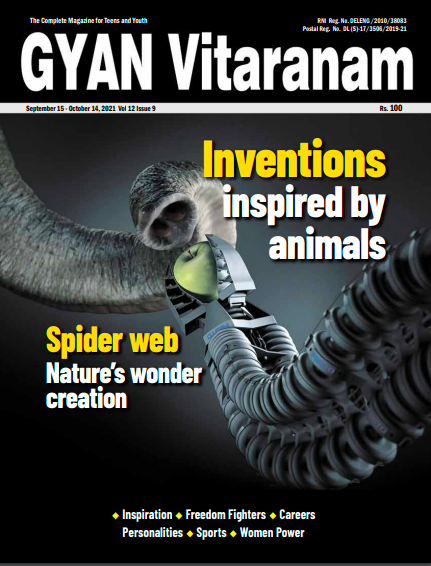The green revolution set the research technology transfer initiative for increased Agricultural production in larger parts of the world in the late 1960`s. This has culminated in adoption of new technologies of high yielding varieties (HYVS) of cereals especially Dwarf wheat and rice. It was associated with chemical fertilizers, agrochemicals, controlled water supply (usually involving irrigation) and newer methods of cultivation including mechanization. All these together were seen as a `package of practices` to supersede ‘traditional’ technology to be adopted as a whole.
One of the key leaders was Agricultural Scientist `Norman Borlaug` the “Father of the Green Revolution,” who received the Nobel peace prize in 1970. He was credited with saving over a billion people from starvation. In 1960, the republic of the Philippines with the Ford and the Rockefeller Foundation established the International Rice Research Institute....

